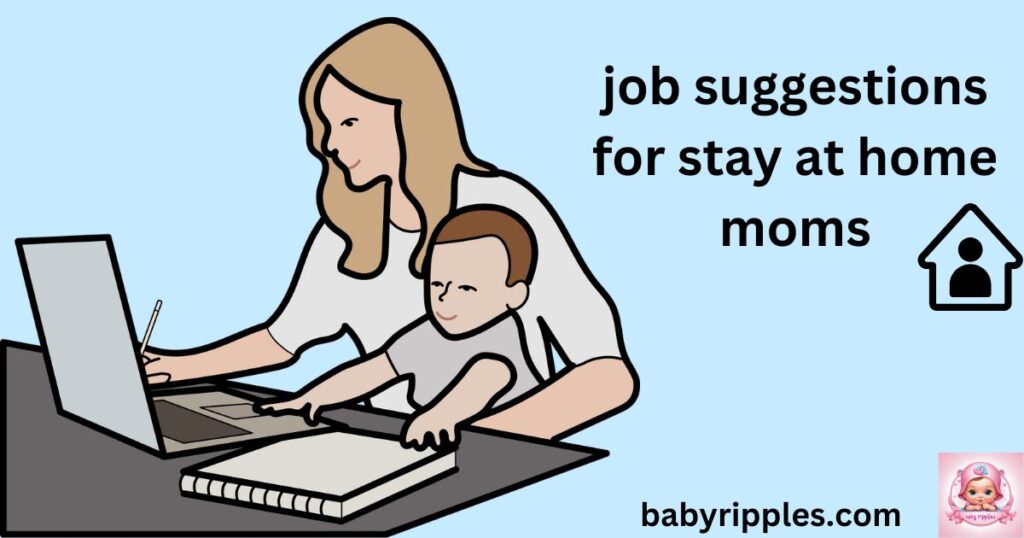It can be stressful to fly with a little child, particularly if it’s your first trip. But don’t worry! You can make flying with your baby a pleasant experience if you plan ahead and prepare well. This is the best resource for learning how to travel with an infant on a plane?
You may want to read: What Is a Velcro Baby
When Can a Newborn Fly?

Knowing when a newborn can travel is crucial before you even schedule that flight. Waiting till your child is at least two or three months old is advised by the majority of pediatricians. This waiting period helps guarantee that your child’s immune system is robust enough to withstand environmental changes and pathogen exposure. For tailored guidance based on your baby’s health, always speak with your pediatrician.
Preparing for the Flight
Preparation is key to ensuring a smooth journey. Here’s a step-by-step approach to help you get ready for flying with your infant:
1. Choose Your Flight Wisely
Direct Flights: Reserve direct flights whenever you can. This cuts down on travel time and the inconvenience of stopovers.
When planning your flight, take your baby’s nap pattern into account. Scheduling a flight within their typical sleep schedule might have a profound impact!
2. Pick the Appropriate Seats

Window Seats: A window seat might be a terrific option if you need some privacy or are nursing.
Bulkhead Rows: These rows offer more room for you and your child if your kid will be sitting in a separate seat.
3. Pack Smartly
Packing light and efficiently is crucial. Here’s what you should include in your diaper bag:
For the duration of the flight, bring enough diapers and wipes, plus a few extras in case of delays.
• Change of Clothes:
Since spills happen, bring an extra set of clothes for you and your infant.
• Feeding Supplies:
If your infant is mature enough, bring some snacks along with formula or breast milk. Remember to bring bottles and sippy cups!
• Comfort Items:
During the journey, your infant can be calmed by a blanket or favorite toy.
4. Prepare Your Documents
Make sure you have all necessary documents ready:
Birth Certificate:
Certain airlines can want documentation of your child’s age.
Immunization Records:
Having these on available helps ease your mind, particularly if you’re traveling abroad.
At the Airport

Arriving at the airport can be hectic, but following these tips can ease the stress:
1. Arrive Early
Before boarding allow ample time to check in, pass security, and feed or change your infant. A lot of tension can be reduced by arriving early.
2.Verify Your Equipment at the Gate
You may gate-check strollers and car seats for free on the majority of airlines. This prevents harm to your equipment and frees up your hands.
On the Plane
Once you’re in the air, here are some tips to ensure a comfortable flight for you and your baby:
1. Protect Your Baby’s Ears

Little ears may experience discomfort from changes in altitude. Try the following to assist:
• Suck on a bottle or pacifier:
To help balance pressure, encourage your infant to suck during takeoff and landing.
• Breastfeeding:
When you and your infant are nursing, feeding during these periods can be calming.
2. Wear comfortable clothing
To account for the cabin’s varying temperatures, dress your infant in cozy layers. They can feel more at home with a warm blanket or their favorite plush toy.
3. Make Sure They Drink Enough Water

Aircraft can have very dry air. To keep your infant hydrated, give them frequent sips of milk or water.
4. Handle Changes in Diapers
Despite their modest size, most airplane restrooms contain changing tables. Here’s how to deal with changing diapers:
Portable Changing Pad:
For enhanced comfort and hygiene, pack a portable changing pad.
Diapers should be disposed of discreetly in the designated trash cans.
5. Calming an Unruly Infant
Don’t be afraid to gently accompany your infant up and down the aisle if they become fussy. It might be calming to move. And ask your travel companion or partner for assistance if you have one!
6. Remain Calm

Infants are able to sense the tension of their parents. Keep in mind that your baby’s crying is completely natural. You can calm them down by remaining composed. Also, a polite apology to the other passengers might make a big difference.
Additional Considerations
1. Think About Your Final Destination
Consider your destination before you take off. Make sure you’ll have access to facilities for sterilizing bottles and clean drinking water. A lot of tension can be reduced when you know you have what you need.
2. Changes in Time Zones
Try modifying your baby’s sleep pattern a few days before to your vacation if you’ll be in a different time zone. Everyone’s adjustment can go more smoothly if changes are made gradually.
3. Vaccinations
Prior to your trip, make sure your child has received all of their recommended vaccinations. They are more protected as a result, particularly in unfamiliar settings.

Conclusion: Embrace the Journey
While taking a baby on a trip may seem difficult, it can also be very rewarding. You may make amazing experiences with your child when traveling to new areas if you plan ahead. Remain adaptable, concentrate on the things you can control, and don’t be afraid to ask flight attendants for assistance.
Traveling with a baby on an airplane is an experience, and you may approach your trip with confidence if you follow these suggestions. Savor the time spent together and the amazing adventures that lie ahead!
You’re prepared now How to Travel with an Infant on a Plane if you follow our guide. Have fun while flying!
Frequently Asked Questions about how to travel with infant on plane
1: What age is safe for a newborn to fly?
Newborns who are flying should be at least two to three months old, according to the majority of pediatricians. Your baby’s immune system can fortify during this waiting time, better preparing them to withstand plane travel and possible pathogen exposure. For tailored guidance based on your baby’s health, always speak with your pediatrician.
2: What should I pack in my diaper bag for the flight?
When flying with an infant, it’s essential to pack smartly. Your diaper bag should include:
• A sufficient supply of diapers and wipes for the travel plus extras
• A change of clothes for you and your child; • Comfort items (your favorite blankets or toys); • Feeding supplies (bottles, snacks, formula, and breast milk); • A portable changing pad for convenient diaper changes
3: How can I protect my baby’s ears during takeoff and landing?
• Encourage your infant to nurse, suck on a pacifier, or bottle to assist their ears adapt to the variations in air pressure during takeoff and landing. This can offer comfort at these crucial times by balancing the pressure on their ears.
4: What if my baby cries during the flight?
Remain composed if your infant begins to cry. Your calm manner can help relax babies, who are sensitive to their parents’ emotions. Babies often cry during flights, so don’t be afraid to softly walk the aisle to soothe them. Another way to reduce stress is to apologize to other passengers.
5: Are there any restrictions on traveling with baby gear?
Strollers and car seats can be gate-checked for free by most airlines, which makes navigating the airport easier. To avoid unpleasant surprises, it’s a good idea to review your airline’s specific policy regarding infant gear and any other restrictions prior to your journey





